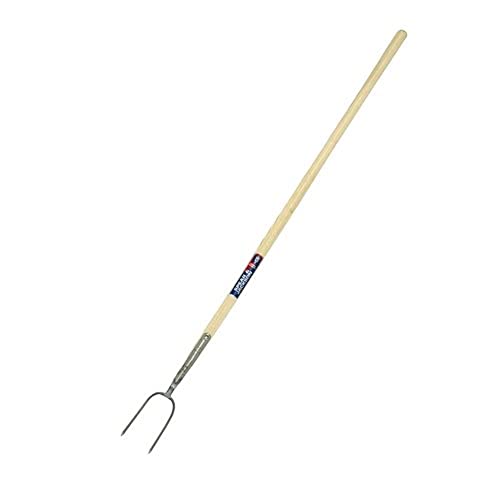Understanding the Angle of a Bicycle Fork
When it comes to the design and performance of bicycles, the angle of the fork plays a crucial role. The angle of the bicycle fork is determined by several factors, including the intended use of the bike, rider preference, and the type of handling characteristics desired. In this article, we will explore how the angle of a bicycle fork is determined and its impact on the overall riding experience.
The Basics of Bicycle Fork Geometry
The angle of a bicycle fork is often referred to as the “fork rake” or “fork offset.” It is defined as the distance between the center of the steering axis and the center of the front wheel axle. This angle is measured in degrees and can range from 0 to 90 degrees, with 0 degrees being perfectly vertical and 90 degrees being horizontal. The most common range for bicycle fork angles is between 25 and 45 degrees.
Factors Influencing Fork Angle
There are several key factors that influence the angle of a bicycle fork:
- Bike Type: Different types of bikes, such as road bikes, mountain bikes, and touring bikes, have different intended uses and handling characteristics. The fork angle is often designed to complement the specific bike type.
- Rider Preference: Some riders prefer a more stable and predictable handling, while others prefer a quicker and more responsive feel. The fork angle can be adjusted to meet these preferences.
- Trail: Trail is a measurement that represents how far behind the steering axis the center of the front wheel contacts the ground. It is influenced by the fork angle, wheel size, and tire size. Bikes with more trail tend to have more stable and predictable handling, while bikes with less trail have quicker and more responsive handling.
- Frame Design: The frame geometry, including the head tube angle, seat tube angle, and bottom bracket height, can also impact the fork angle. A steeper head tube angle, for example, may require a shallower fork angle to maintain proper handling characteristics.
Determining the Fork Angle
Designing the fork angle for a specific bike involves a combination of engineering principles and rider feedback. The desired handling characteristics are carefully considered, and prototypes are tested to ensure optimal performance.
Bicycle manufacturers often employ experienced bike designers and engineers who use computer-aided design (CAD) software to simulate and analyze various fork angles and their impact on the bike’s handling. This allows them to fine-tune the design and make adjustments as needed.
Rider feedback is also crucial in determining the ideal fork angle. Professional cyclists and test riders provide valuable input during the development process, helping to refine the design and ensure that the bike performs well in real-world situations.
Impact on Riding Experience
The fork angle plays a significant role in the overall riding experience and handling characteristics of a bicycle. A shallower fork angle tends to result in quicker and more responsive handling, making it ideal for road racing and aggressive mountain biking. On the other hand, a steeper fork angle offers more stability, making it suitable for touring and long-distance riding.
The fork angle also affects the bike’s ability to absorb shocks and vibrations from the road or trail surface. A more vertical fork angle can provide a more forgiving and comfortable ride, while a shallower fork angle may transmit more vibrations to the rider.
Customization and Personalization
While off-the-shelf bikes come with predetermined fork angles, some riders may prefer a more customized setup. In such cases, it is possible to adjust the fork angle by changing the rake or opting for a different fork altogether. However, it is important to note that altering the fork angle can have a significant impact on the bike’s handling and balance.
Professional bike fitters and bike builders can assist in selecting the appropriate fork angle based on the rider’s preferences and riding style. They take into account the rider’s body dimensions, riding goals, and intended use of the bike to ensure a comfortable and properly performing setup.






